Strike force: the making of Will Yates-Johnson and NasonMoretti’s matches vessels
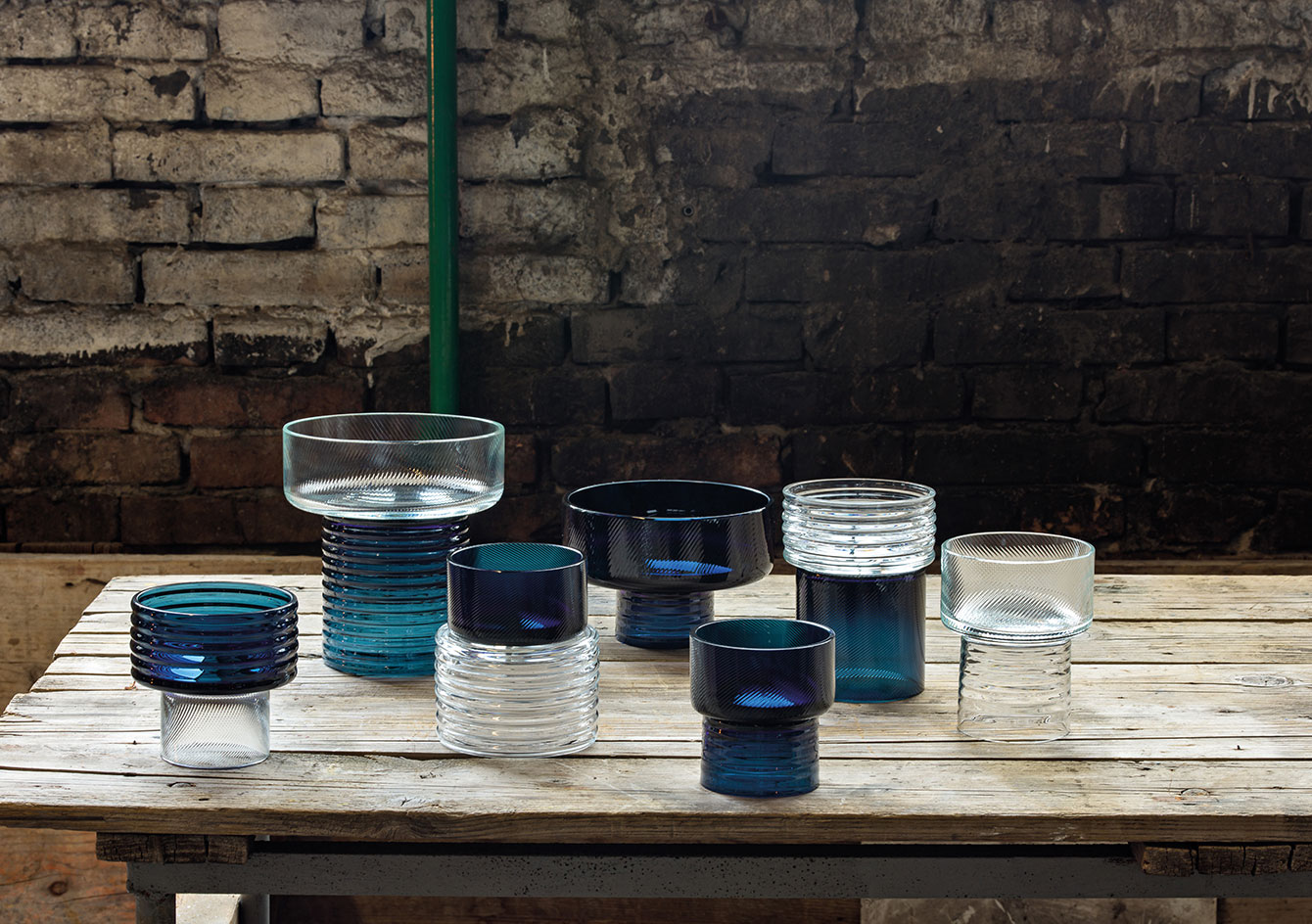
The Calle Dietro Gli Orti, which takes you to the gates of NasonMoretti’s glass factory, is a crazy-paving footpath that passes quaint homes and doubles as the entrance to a Nason family-owned B&B located in a 16th century palace. The factory is on the island of Murano, just north of Venice, and there are no roads. But that’s OK as the glass factory has its own landing dock on Canale Serenella.
‘Everything is on a grand scale and is incredibly beautiful, it’s right on the water’s edge,’ says London-based designer Will Yates-Johnson. He travelled to Murano earlier this year to oversee the production of a series of glass vessels that would hold our specially commissioned Hotel Wallpaper* matches.
The Nason family has been making glass on Murano since the 1920s. Now in its third generation, it is still operated by four cousins, descendants of Umberto Nason, who brought the company awards and international renown in the 1950s and whose modernist designs are in the collection of MoMA.
Travelling to the factory was crucial for Yates-Johnson to be able to understand the factory’s hand-blowing techniques and explore its archive of moulds and colours. ‘One of our specialisms is the technique of rigadin ritorto,’ says Marco Nason. ‘Delicate lines are created in the glass by using two moulds: the first mould makes the lines, while in the second, the master-blower will twist the glass to angle the lines. We have perfected the technique over the past 50 years.’
What interested RCA graduate Will Yates-Johnson, who created the striking, sculptural lettering for the cover of our 2016 Graduate Directory issue, was the combination of a handmade technique and the regularity of mould-blown glass. ‘The glass that these techniques produce appears to be quite mechanical and quite automated. They seem less handmade than a lot of other techniques that Murano glassmakers specialise in. You often see Murano glassware that emphasises its “handmadeness”, things will be a bit wobbly and unique. What I loved about these techniques is that they almost fool you into thinking, “Is this machine or human made?” and I like that ambiguity.’
The final form was created by fusing two separately blown pieces – the delicately lined rigadin ritorto pieces and the glass made using a corrugated mould that Yates-Johnson found in the factory’s archive. ‘They really keep stuff. This mould was created in 1968 and had been gathering dust for decades. It had fallen out of use because customers thought it looked too industrially produced. Much of my work is about finding new angles on existing things so it was perfect.’ The mould also helped create rounded forms that echoed the cylindrical shape of the matchboxes created for Hotel Wallpaper*.
The colour of the vessels, taken from the archive and called ‘Aviation Blue’, was chosen because it was a close match to our brand hue – the ‘Wallpaper* Blue’ developed by our creative director Sarah Douglas and British paper company James Cropper. The colour was used in the compositions intermittently, alongside clear glass, to complement the matchboxes.
Coloured glass, a Murano speciality, is created by dry mixing minerals, oxides and chemicals in specific quantities. Blues require some copper and cobalt compounds, but the exact finish depends heavily on years of experience in understanding how the additives interact. ‘So much of what they do in the factory is a function of generations of expertise,’ says Yates-Johnson. ‘Their artistry is about knowing the materials; knowing its properties; knowing what you can and cannot do with it. The master glass blowers have been doing it since their apprenticeships, and now most of them are in their fifties and sixties. It really isn’t something you can teach yourself.
As originally featured in the August 2016 issue of Wallpaper* (W*209)

See more from Handmade here and check in to Hotel Wallpaper*…
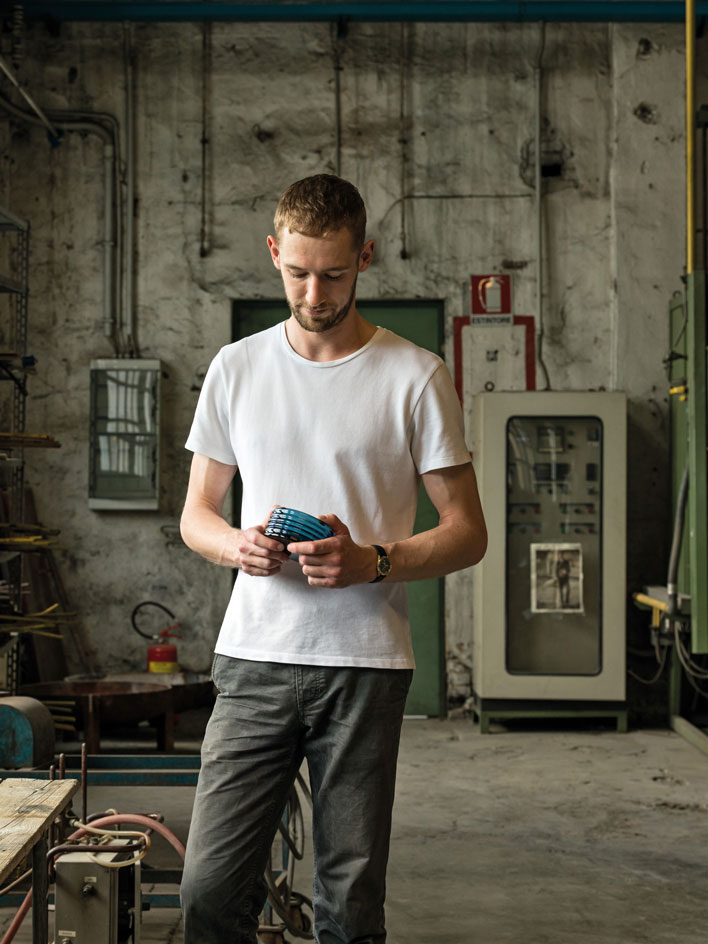
Yates-Johnson embraced NasonMoretti's expertise in a process called rigadin ritorto, where molten glass is poured into a ribbed bronze mould, to create the fine lines in the vessels
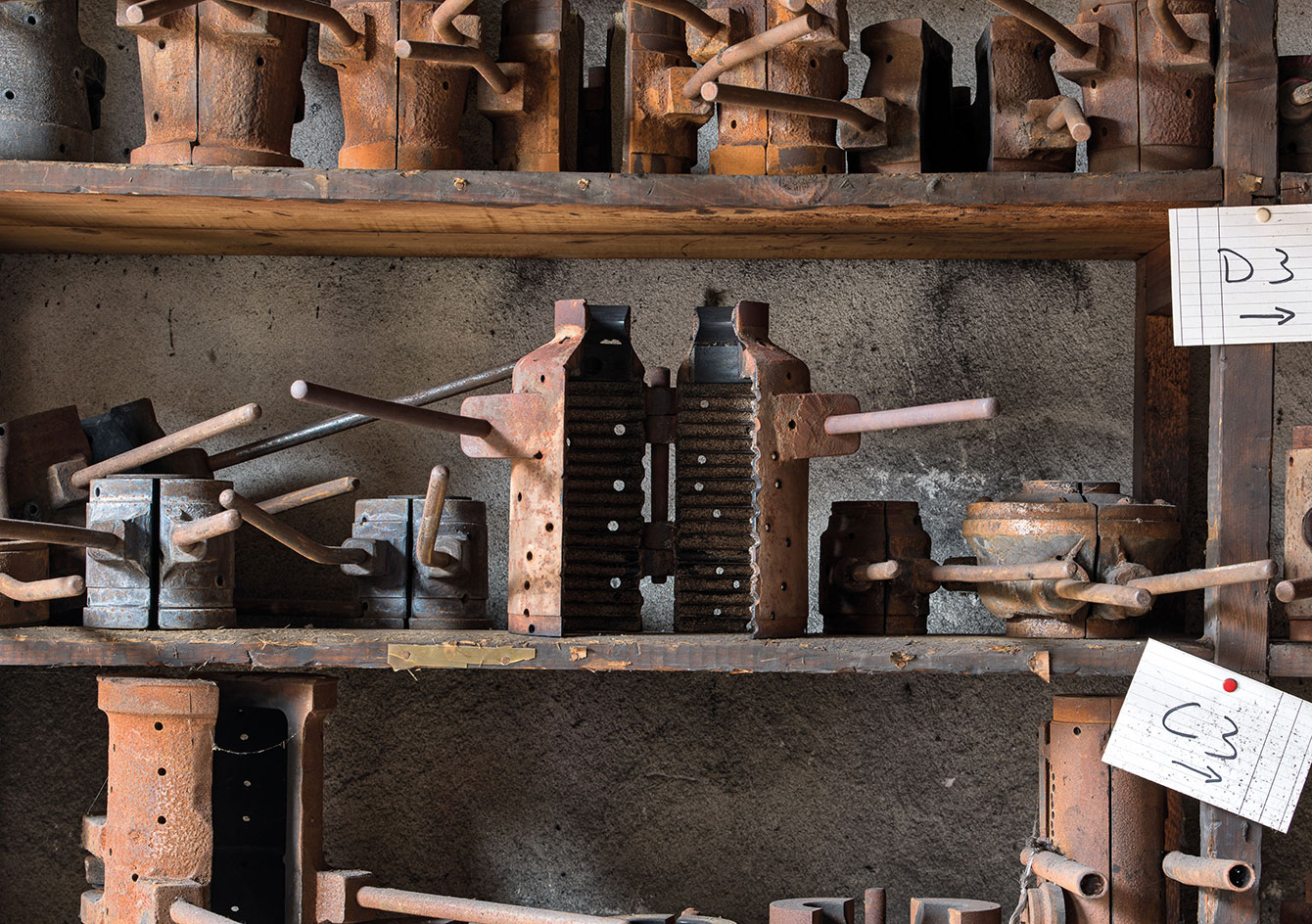
The ribbed bronze moulds used in the rigadin ritorto process
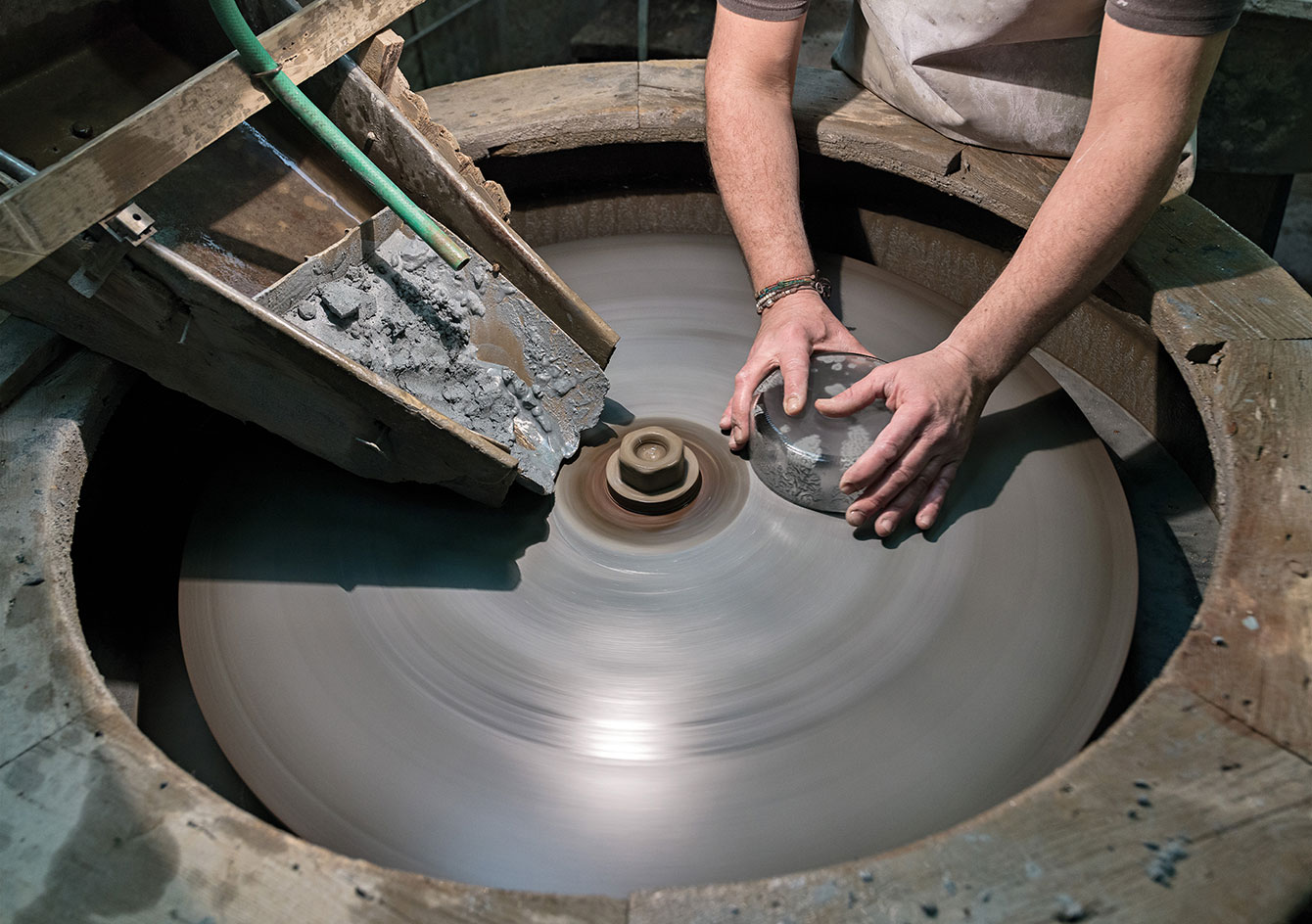
The final form of the vessels is created by fusing two separately blown pieces together
INFORMATION
Available at WallpaperSTORE*. For more information, visit Will Yates-Johnson's website and the NasonMoretti website
Photography: Matteo Piazza
Receive our daily digest of inspiration, escapism and design stories from around the world direct to your inbox.
-
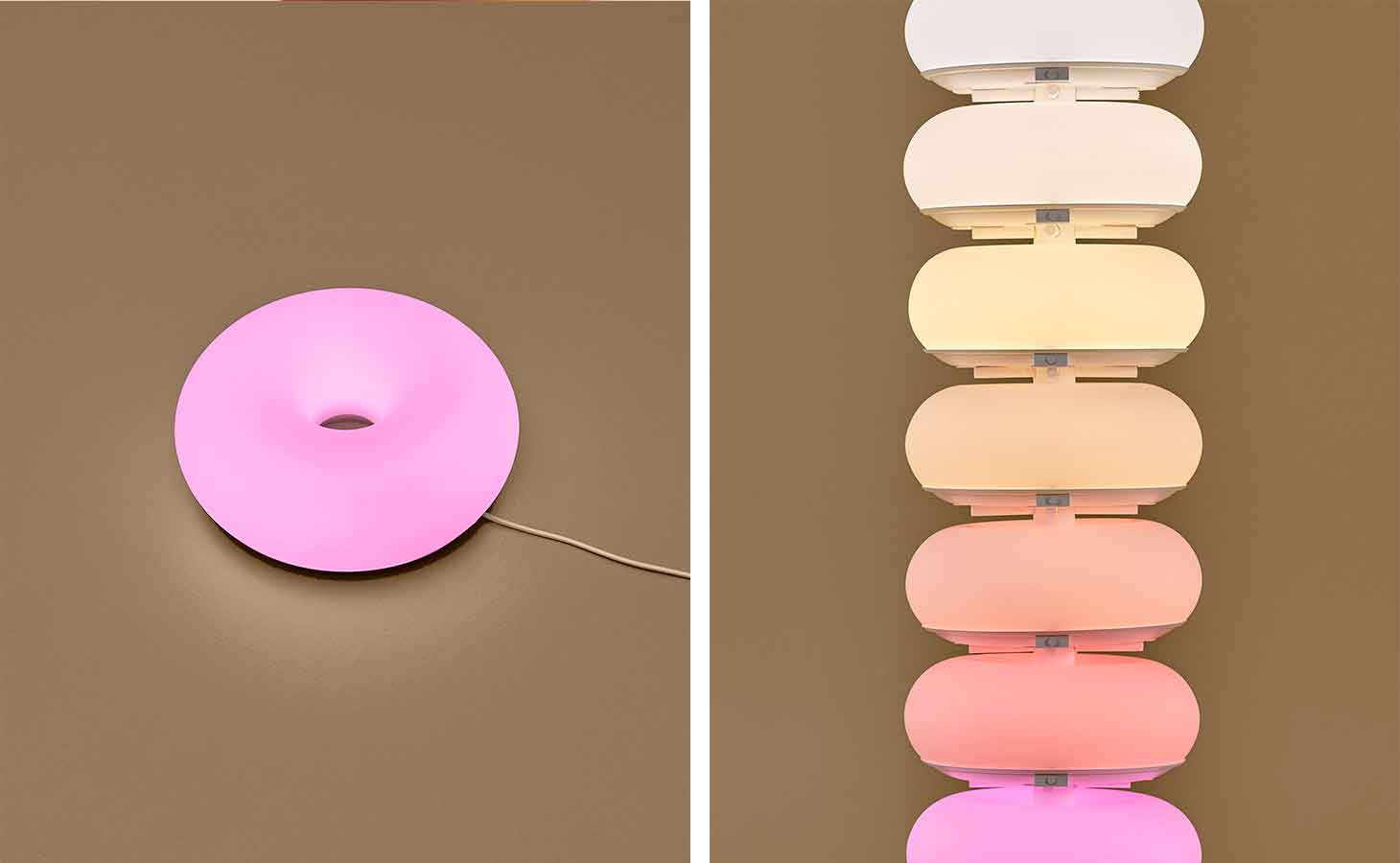 Sabine Marcelis has revisited her Ikea lamp and it’s a colourful marvel
Sabine Marcelis has revisited her Ikea lamp and it’s a colourful marvelSabine Marcelis’ ‘Varmblixt’ lamp for Ikea returns in a new colourful, high-tech guise
-
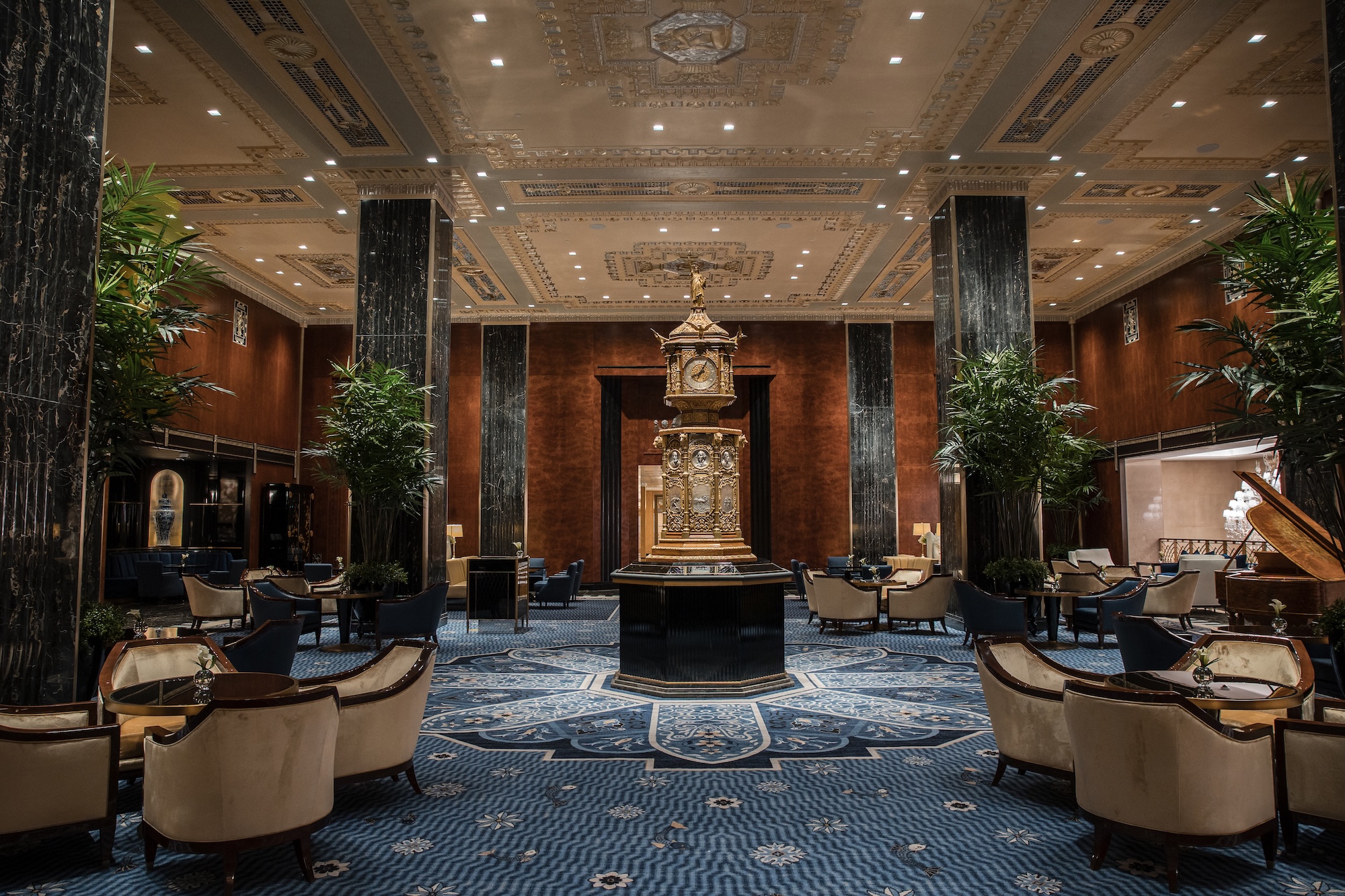 Is the Waldorf Astoria New York the ‘greatest of them all’? Here’s our review
Is the Waldorf Astoria New York the ‘greatest of them all’? Here’s our reviewAfter a multi-billion-dollar overhaul, New York’s legendary grand dame is back in business
-
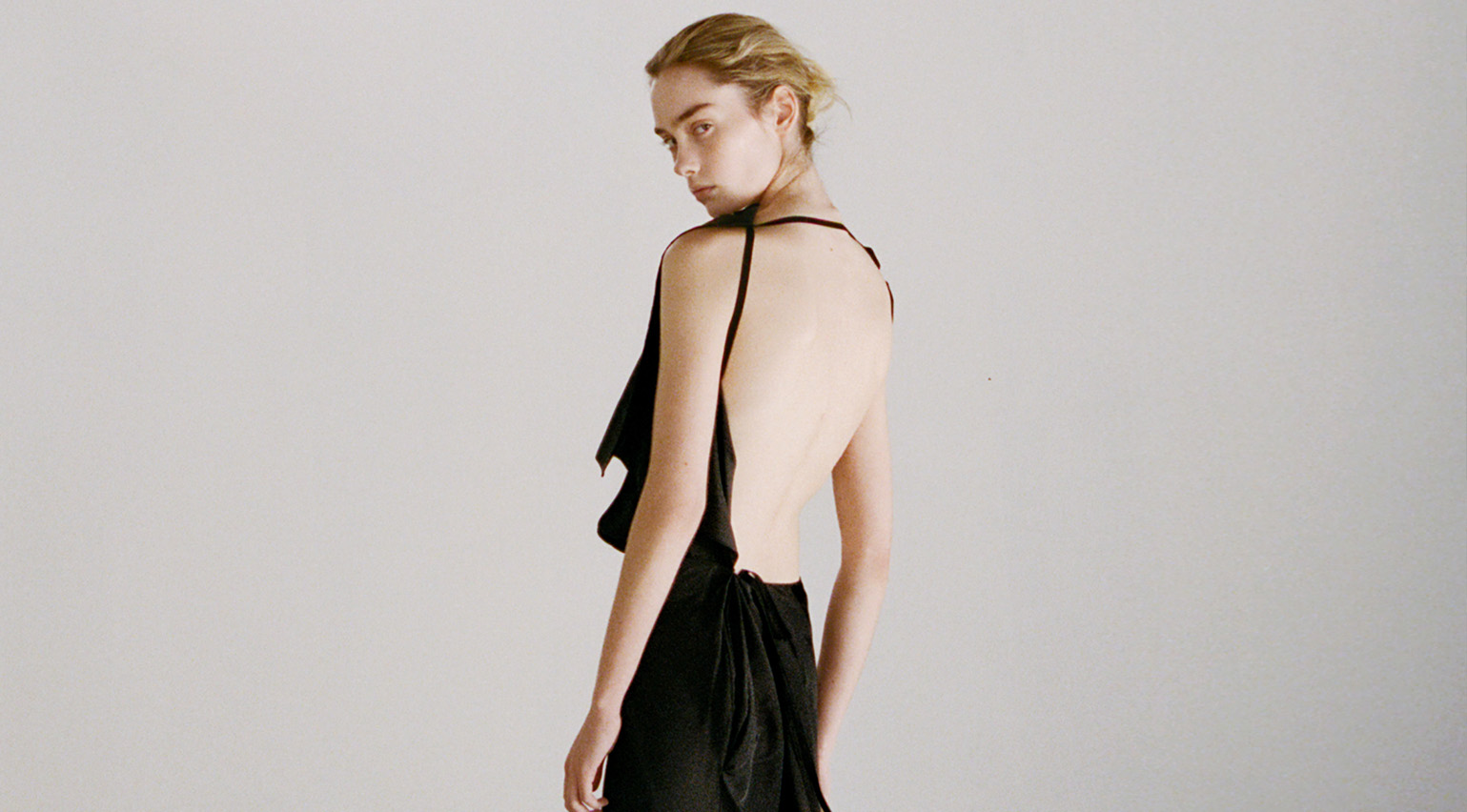 Colleen Allen’s poetic womenswear is made for the modern-day witch
Colleen Allen’s poetic womenswear is made for the modern-day witchAllen is one of New York’s brightest young fashion stars. As part of Wallpaper’s Uprising column, Orla Brennan meets the American designer to talk femininity, witchcraft and the transformative experience of dressing up
-
 The most anticipated hotel openings of 2026
The most anticipated hotel openings of 2026From landmark restorations to remote retreats, these are the hotel debuts shaping the year ahead
-
 The most stylish hotel debuts of 2025
The most stylish hotel debuts of 2025A Wallpaper* edit of this year’s defining hotel openings. Design-led stays to shape your next escape
-
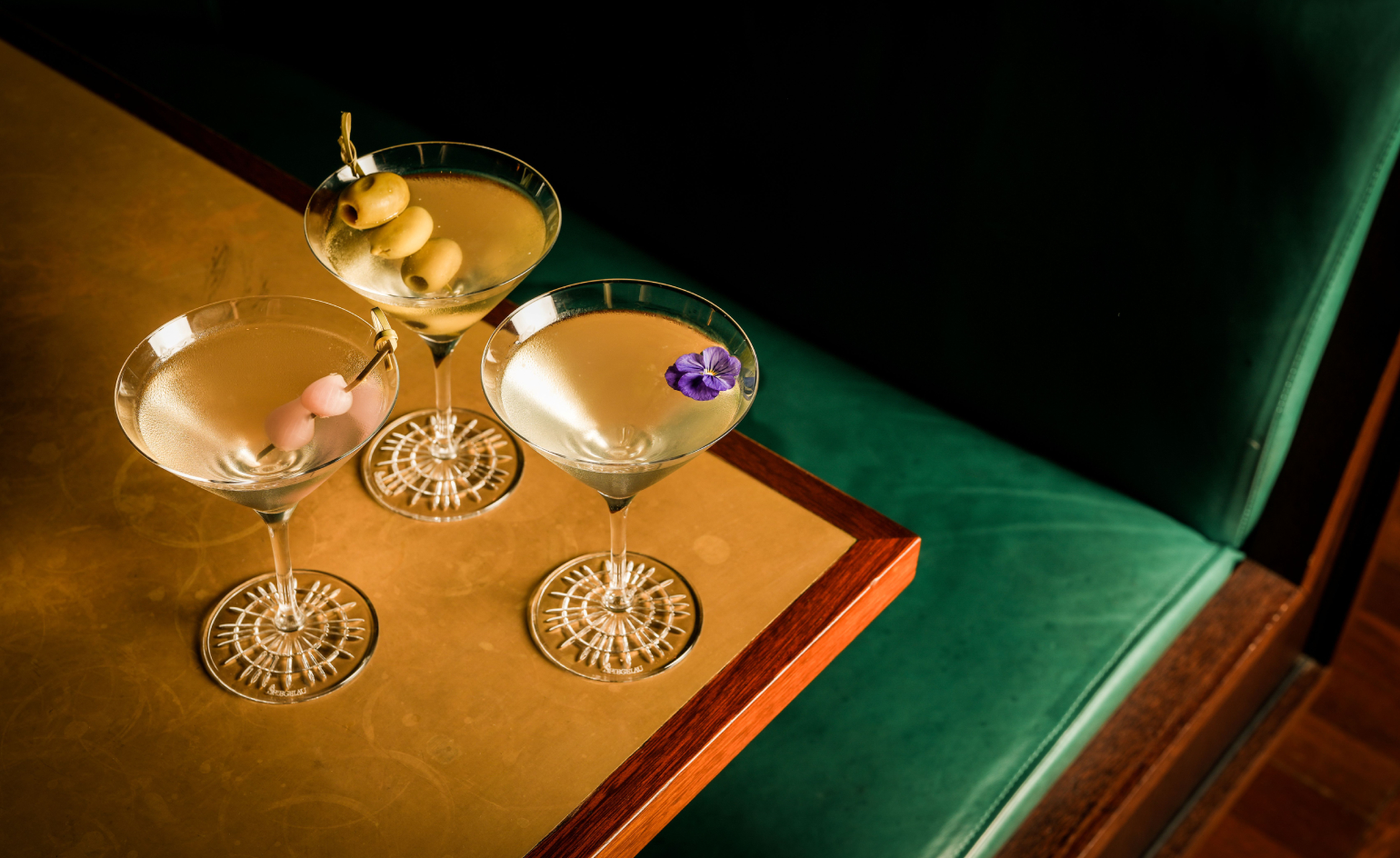 Neo-Gothic grandeur and decadent martinis await at Hawksmoor St Pancras
Neo-Gothic grandeur and decadent martinis await at Hawksmoor St PancrasThe dining room at the St Pancras London hotel has proved to be a revolving door for big-name chefs; now, it's Hawksmoor’s time to shine
-
 Form... and flavour? The best design-led restaurant debuts of 2025
Form... and flavour? The best design-led restaurant debuts of 2025A Wallpaper* edit of the restaurant interiors that shaped how we ate, gathered and lingered this year
-
 At last: a London hotel that’s great for groups and extended stays
At last: a London hotel that’s great for groups and extended staysThe July London Victoria, a new aparthotel concept just steps away from one of the city's busiest rail stations, is perfect for weekends and long-term visits alike
-
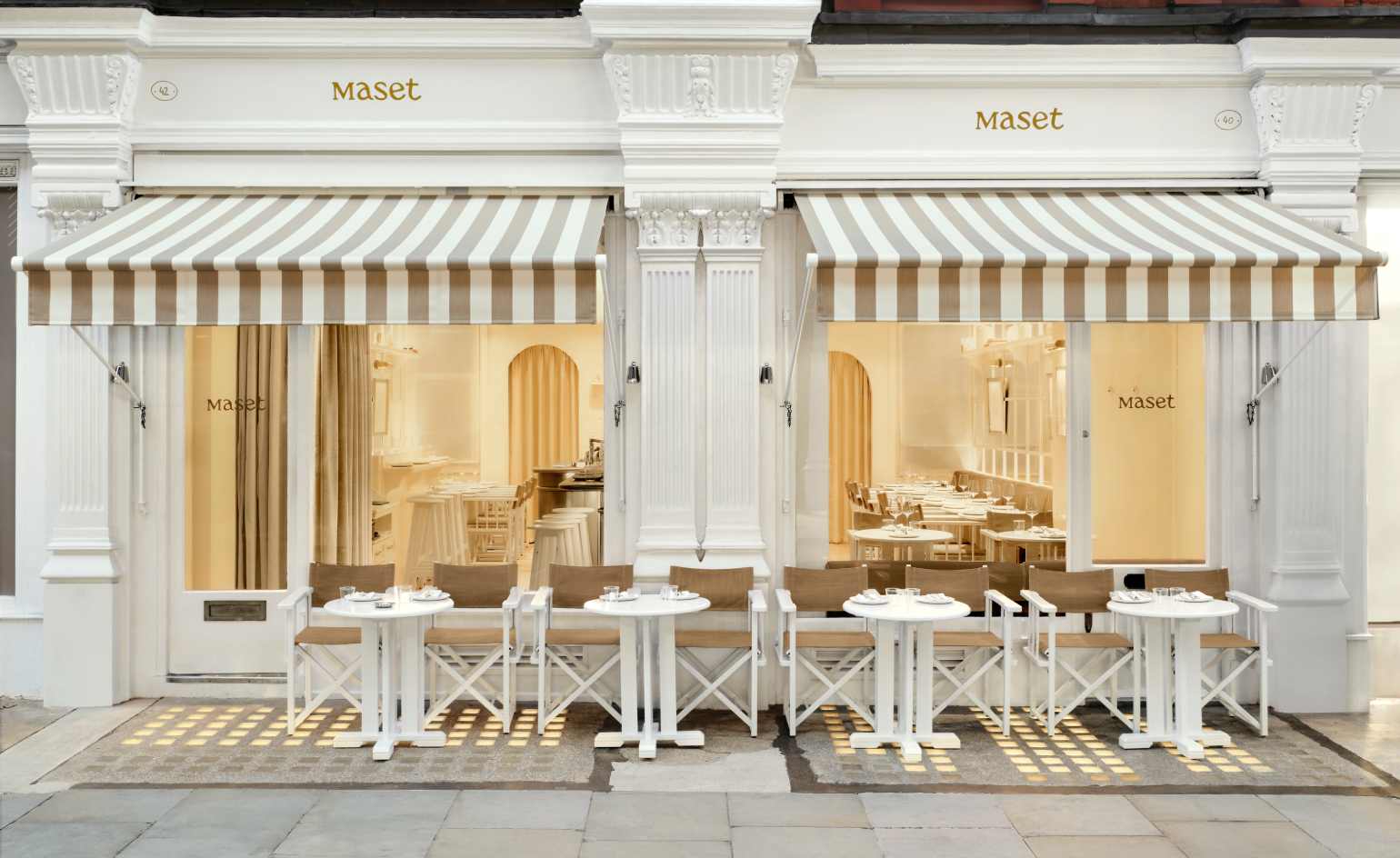 French bistro restaurant Maset channels the ease of the Mediterranean in London
French bistro restaurant Maset channels the ease of the Mediterranean in LondonThis Marylebone restaurant is shaped by the coastal flavours, materials and rhythms of southern France
-
 Sir Devonshire Square is a new kind of hotel for the City of London
Sir Devonshire Square is a new kind of hotel for the City of LondonA Dutch hospitality group makes its London debut with a design-forward hotel offering a lighter, more playful take on the City’s usual formality
-
 This sculptural London seafood restaurant was shaped by ‘the emotions of the sea’
This sculptural London seafood restaurant was shaped by ‘the emotions of the sea’In Hanover Square, Mazarine pairs a bold, pearlescent interior with modern coastal cuisine led by ‘bistronomy’ pioneer chef Thierry Laborde